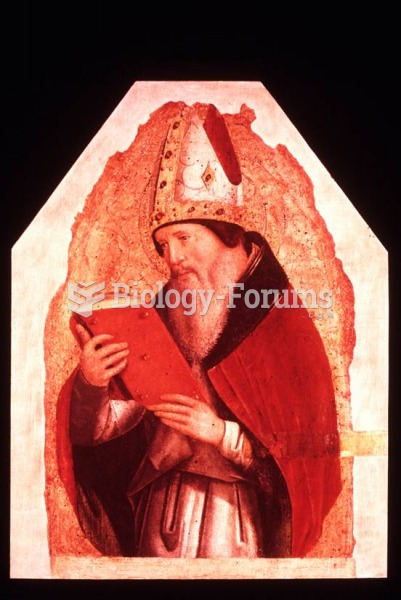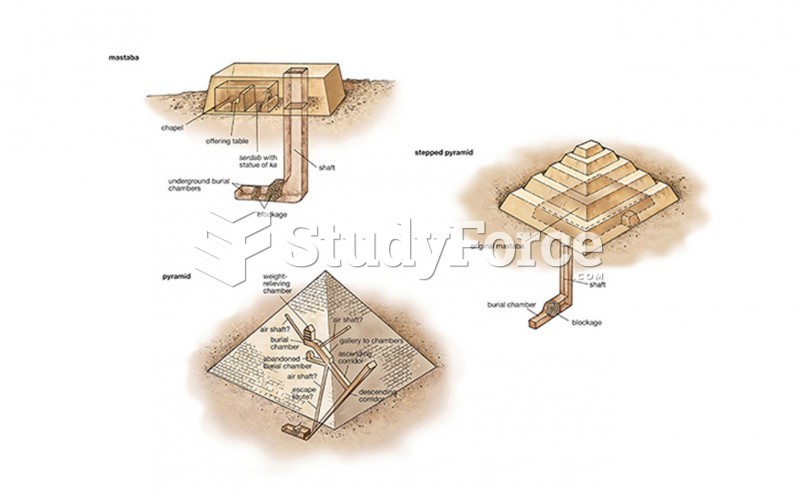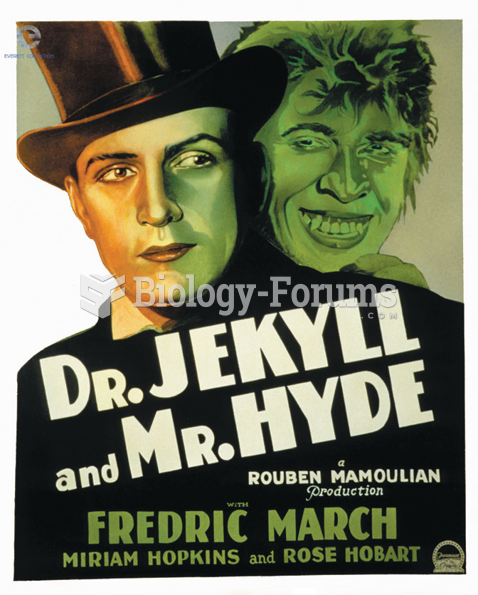Answer to Question 1
As Christianity grew from a small, dynamic sect into a fully-fledged religion, Church leaders looked to Rome for governing ideas and using Roman methods of architectural construction. Early Christian church buildings were modeled on the Roman basilicas. As with the sacred temples of antiquity, the Christian church consisted of a hierarchy of spaces that ushered the devotee from the chaos of the everyday world into the serenity of the sacred chamber, and, ultimately, to the ritual of deliverance. Later, the Latin cross plan became the model for medieval churches in the West. The church exterior, which clearly reflected the functional divisions of the interior, was usually left plain and unadorned, while the interior was lavishly decorated with mosaics consisting of tiny pieces of colored glass or marble set in wet cement. The technique had been used by the Romans to decorate public and private buildings
Visually, Christian signs and symbols linked the visible to the invisible world. These symbols soon found their way into Early Christian art. For example, early Christian art, music, and literature featured almost every numbers and combination of numbers, which were thought to bear allegorical meaning: the number 3 signified the Trinity; 4 signified the evangelists; 5 symbolized the wounds of Jesus; 12 stood for the apostles; and so on. Another symbol, the halo, a zone of light used in Roman art to signify divinity or holiness became a favorite visual representation of Jesus, the evangelists, and others whom the Church canonized as holy persons capable of interceding for sinners.
Early Christians distrusted the sensuous and emotional powers of music, especially instrumental music. Saint Augustine noted the dangerous pleasure of music and confessed that on those occasions when he was more moved by the singing than by what was sung he felt that he had sinned criminally. For such reasons, the early Church was careful to exclude all forms of individual expression from liturgical music, a condition that lasted until the beginning of the Renaissance. Early Christian music consisted mostly of a series of Latin chants known as plainsong, plainchant, or Gregorian chant. These monophonic chants (only one melodic line) were sung without instrumental accompaniment. Lacking fixed meter or climax, the free rhythms of Gregorian chant echoed through Early Christian churches, whose cavernous interiors must have contributed to producing effects that were otherworldly and hypnotic.
Answer to Question 2
C







